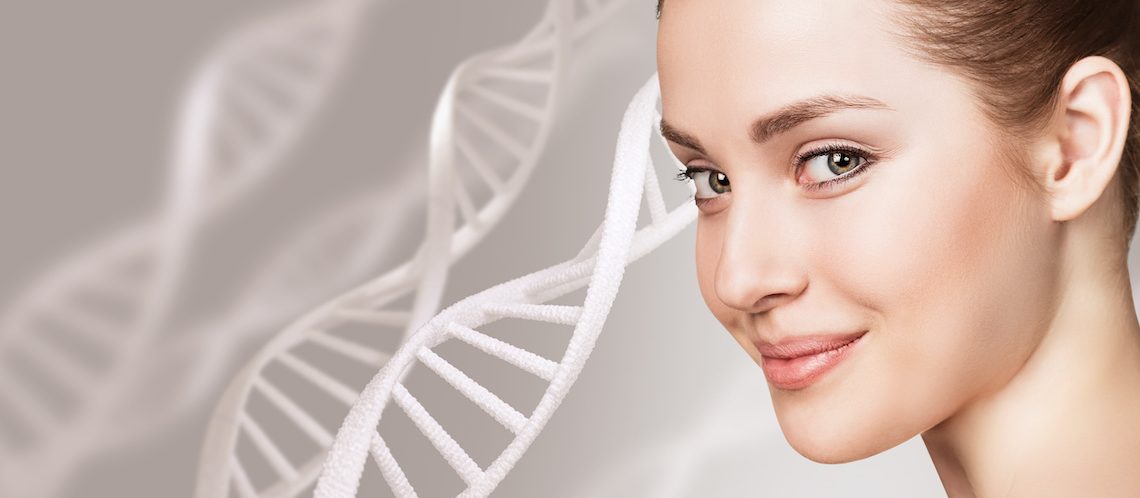For most types of repair work, you need a supply of replacement parts or the ability to manufacture them. When it comes to healing our bodies, however, they are unique in the way they can repair themselves through healing and tissue regeneration. Instead of needing a supply of spare parts, humans can develop almost any type of cell our bodies need using stem cells. These are special cells that act as raw materials for healing, which can take on the characteristics and form of the cells we need ranging from muscle tissue to brain cells.
The Purpose of Stem Cells
The ability to regenerate cells is vital to enable our bodies to replace cells as they die off. Cell death is when cells stop performing their function, which can happen either because they are replaced by new cells or because of injury or disease. Plants and animals also lose and replace cells in much the same way.
The problem comes when your body doesn’t generate enough new cells to replace the dying ones. This happens partly because of aging, or because of a specific medical condition. Studies show that by the age of 35 years, we lose more than half of our stem cell activity, and by age 60 we lose the remainder. This causes a decline in our levels of health and fitness, thinner, dryer skin that loses elasticity, loss of hair color and thickness, and weakening of our senses and organ functions.
Reactivate Your “OWN” Stem Cells
Yes, experience a new level of vitality with improvements to your energy, sleep, reduction in pain, reduction in the appearance of lines and wrinkles and support of faster wound healing, just to name a few of the benefits.
Anyone over 30 can benefit from reactivation of their stem cell activity to help build up their immune system, fight illness, and maintain a fit and healthy appearance. The good news is that a new form of phototherapy encourages our production of a naturally-occurring peptide to stop activity declining with age.
This phototherapy, called X39, is delivered via a range of skin patches, and by triggering the stem cell activity, it stimulates the growth of blood vessels and nerves. This growth regenerates and repairs your body where it’s needed. It also increases your production of collagen, elastin and other components of a healthy body.
Some of the benefits of this therapy are:
- You don’t need to wait until you are sick to improve your health
- No surgery or invasive tests required
- Cost is minimal compared with a stem cell transplant
- Immediate pain relief, improved sleep, energy and vitality
- Faster healing of wounds and reduced inflammation
- Better mental clarity.
Users have also reported improvements in their skin and hair. They perform better in sports and recover faster from exercise, and enjoy better sleep.
Traditional Stem Cell Therapy
Medical researchers have known for some years that stem cells can be used to treat or prevent certain diseases and conditions. Traditionally, stem cell therapy is performed using a transplantation of cells, such as in a bone marrow transplant. Once in the body, if conditions are right, embryonic stem cells can divide to form new cells that regenerate and repair the tissues. The cells can come from an umbilical cord or from an adult, but stem cells derived from embryos are much more adaptable and have unlimited uses. Adult stem cells can usually only be used to regenerate the body part they come from, such as the liver or kidneys.
Patients who could benefit from receiving stem cell therapy include people with spinal cord injuries, type 1 diabetes, Parkinson’s disease, amyotrophic lateral sclerosis, Alzheimer’s disease, heart disease, stroke, burns, cancer and osteoarthritis.
Although there are over 50,000 stem cell transplants performed each year across the globe, it’s a procedure that is only really available to people with advanced disease.
For more information about stem cell activation therapy and how it could benefit you, please click here or schedule a time to chat with me.





